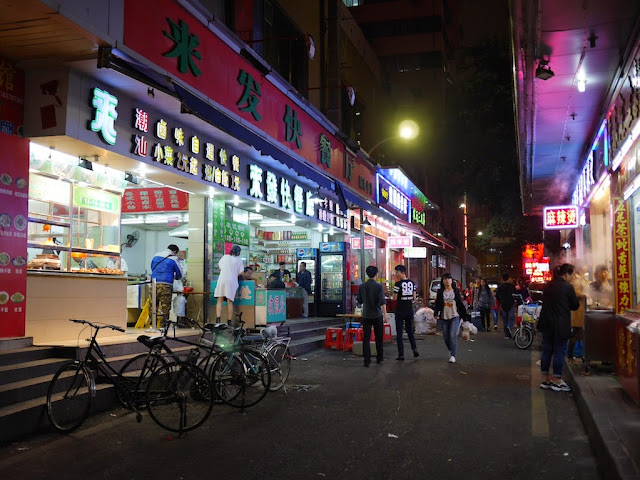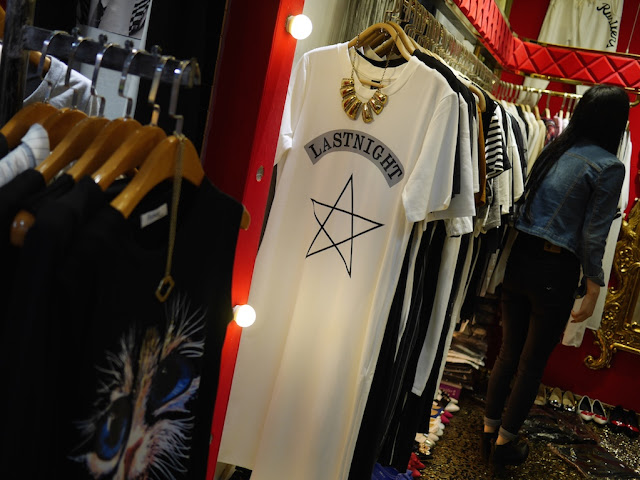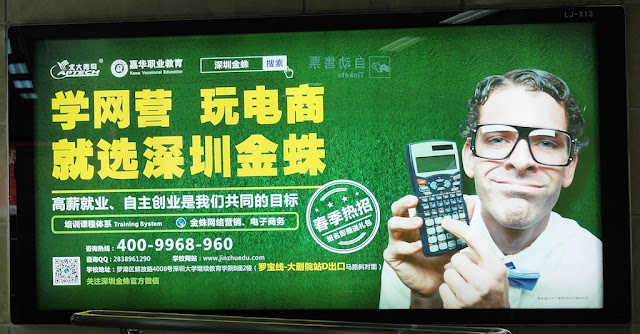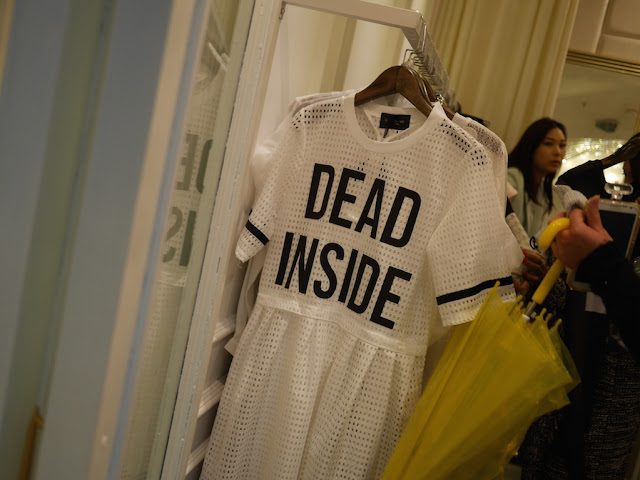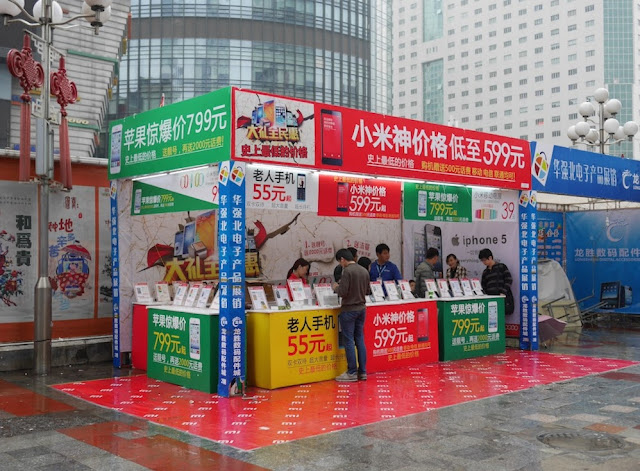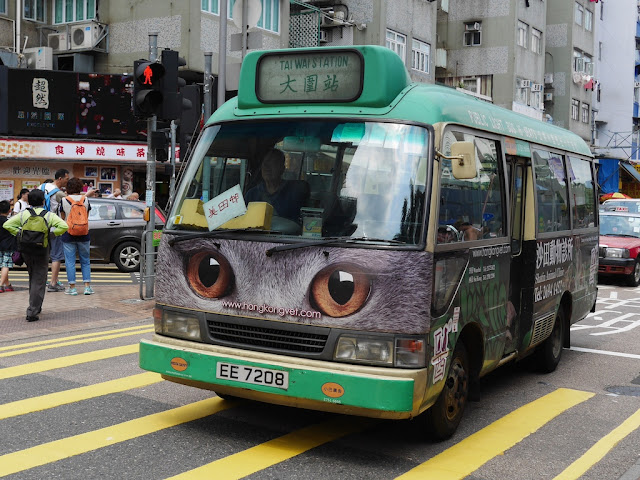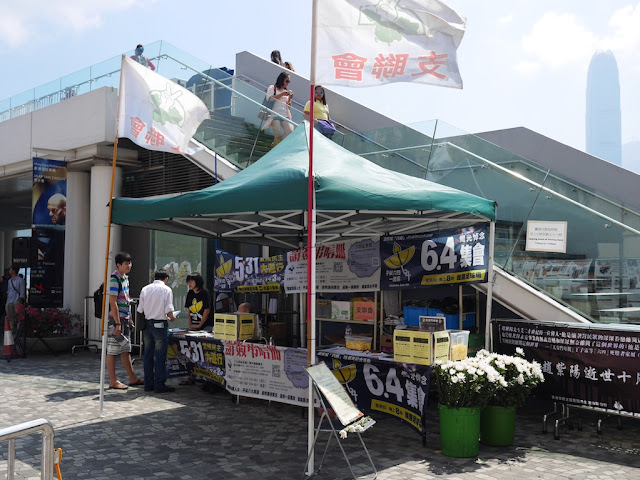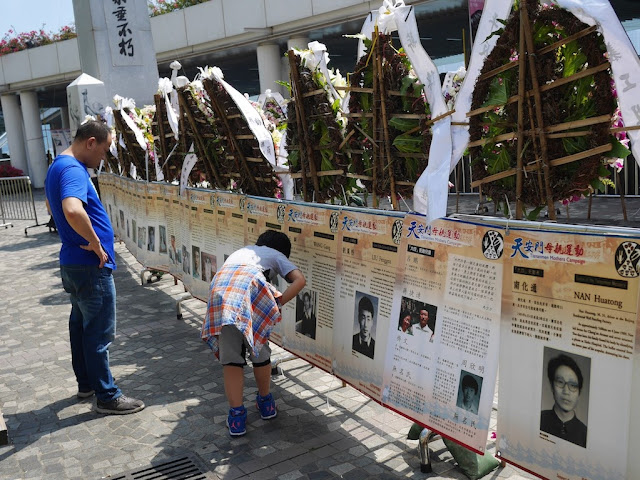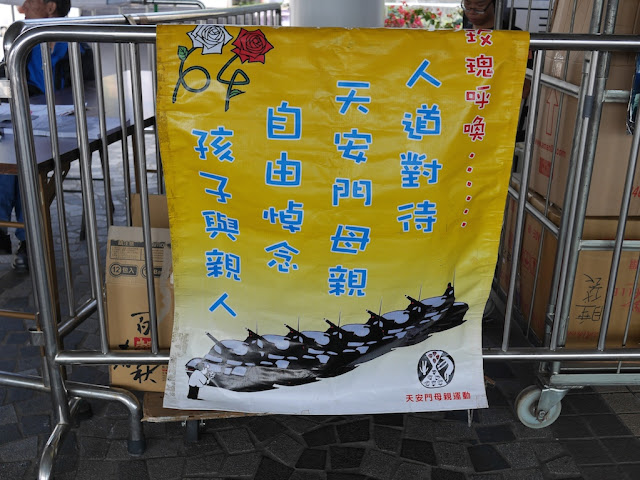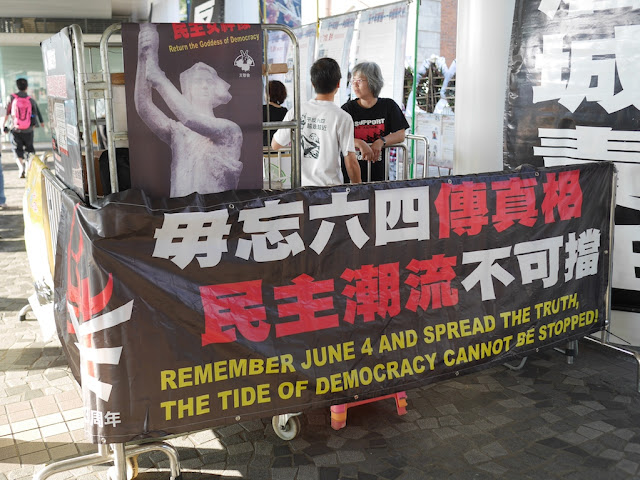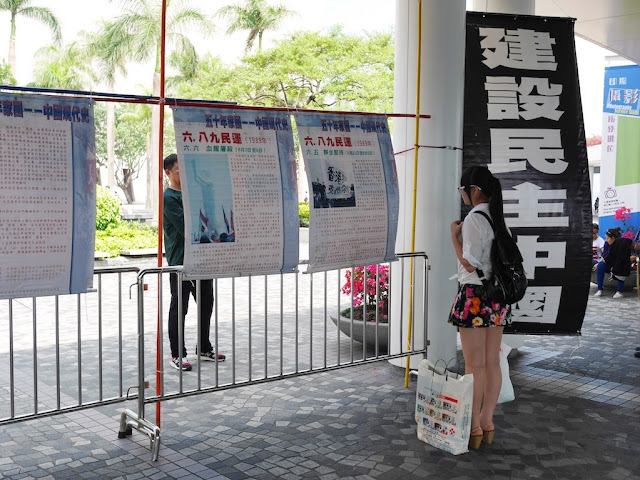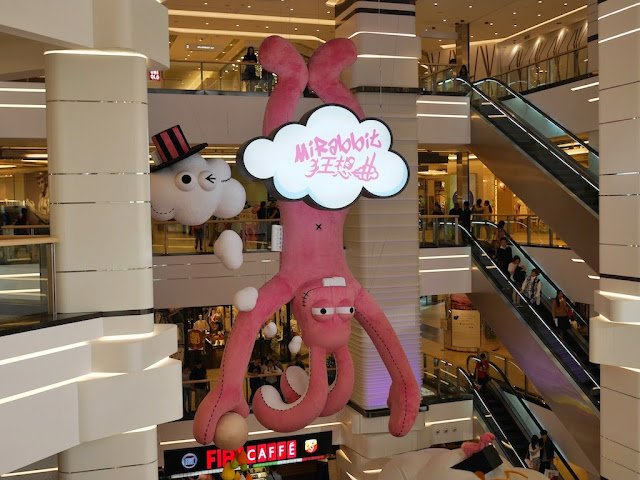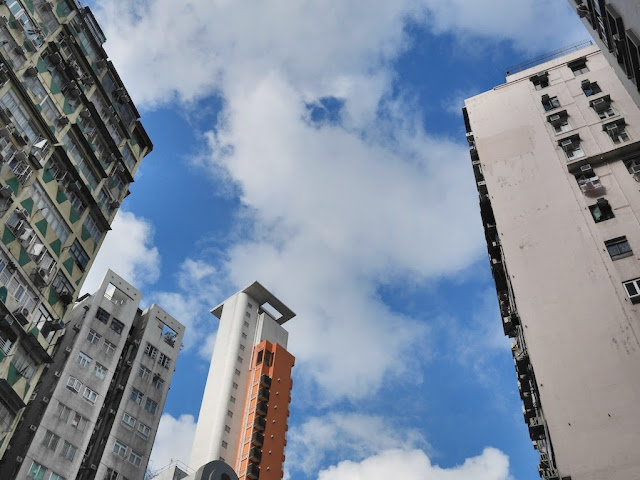My recent visit to Shenzhen lasted less than 48 hours before I bordered a high-speed train. Below are 12 photos shared in the spirit of "some of what caught my attention and interested me in addition to monsters and huge mobile phone markets during a brief period of time in Shenzhen". In one manner or another, each photo captures a part of Shenzhen's culture and environment. But there is certainly much, much (much) more to this rapidly changing city which fascinates me every time I visit. And even as I look at the photos now, they continue to inspire new questions.
So here is traffic on a road:
Traffic in an alley:
Traffic on a pedestrian street:
Signs for sale:
A sign on clothing:
A sign on a young woman's arm:
A sign for vocational training:
A sign for a skin whitening creme:
A message on the front:
A message on the back:
A promotion for mobile phones:
And last but not least, a promotion for McDonald's french fries:
Any questions now?
More from other lands soon . . .
So here is traffic on a road:
Traffic in an alley:
Traffic on a pedestrian street:
Signs for sale:
A sign on clothing:
A sign on a young woman's arm:
A sign for vocational training:
A sign for a skin whitening creme:
A message on the front:
A message on the back:
A promotion for mobile phones:
And last but not least, a promotion for McDonald's french fries:
Any questions now?
More from other lands soon . . .


